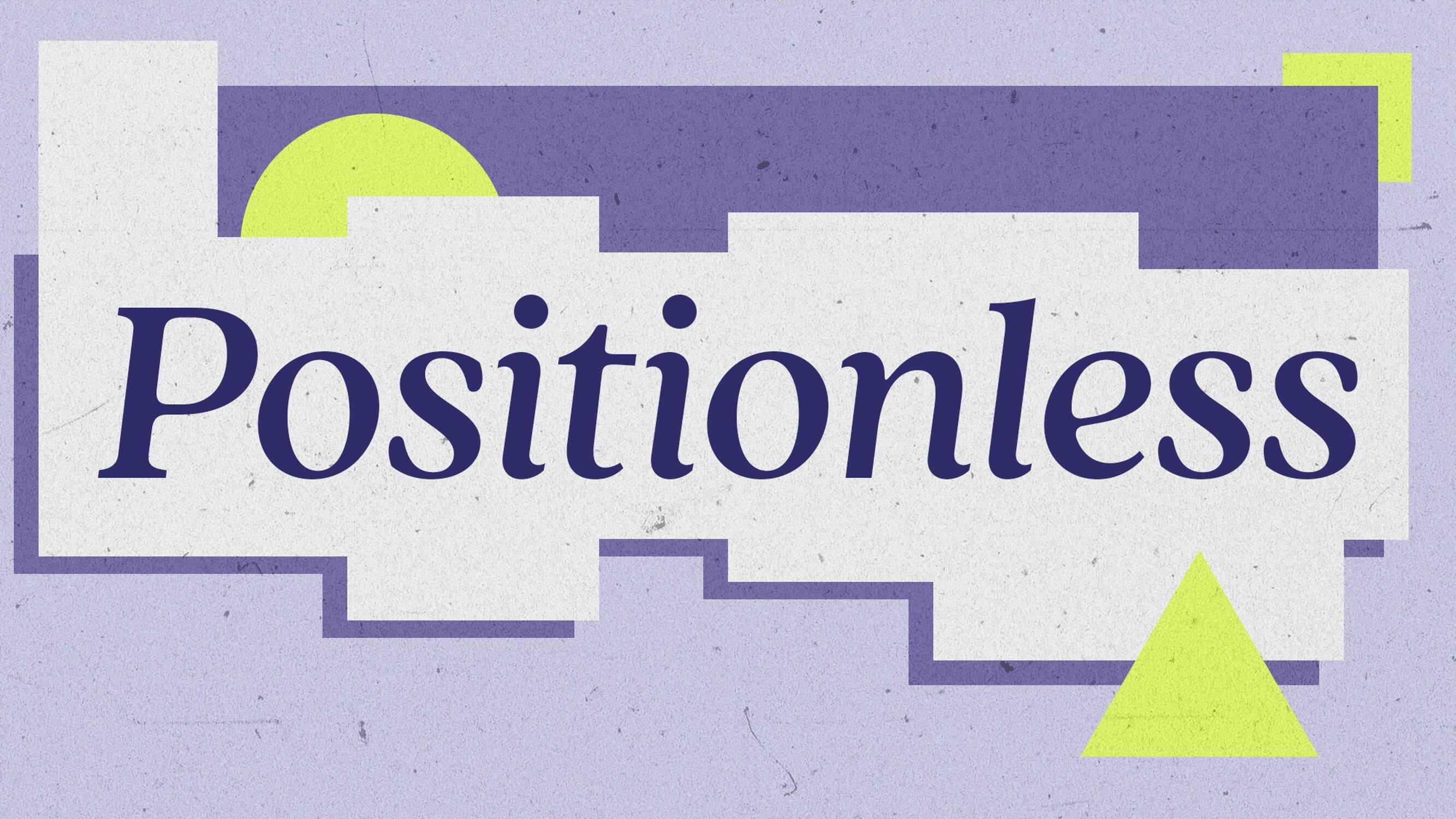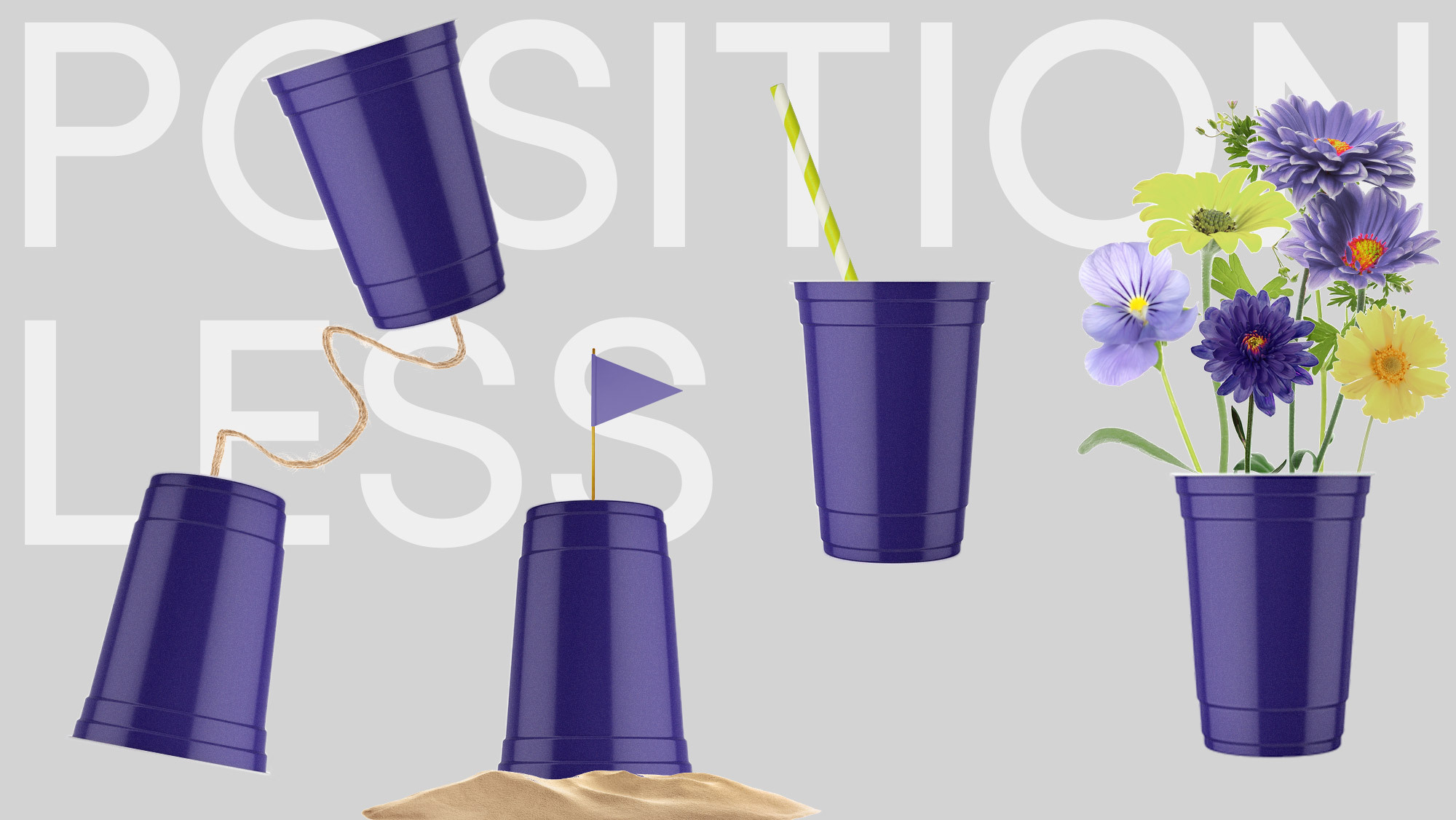
AI and the Retail Marketer’s Future
How AI transforms strategy and processes, driving the adoption of Positionless Marketing
Exclusive Forrester Report on AI in Marketing

Understanding the customer lifecycle is crucial to delivering personalized experiences that increase conversion, retention, and loyalty. Whether operating an ecommerce site, running a subscription business, or doing both, aligning strategies to the right customer lifecycle stage is how brands stay relevant.
This post breaks down a five-stage framework for mapping the ecommerce and subscription lifecycle and explains how advanced technologies like AI and automation are redefining customer lifecycle management.
The customer lifecycle refers to a customer's journey with a brand, from first discovering products to becoming a loyal advocate. It's not a linear path but a dynamic sequence of behaviors, interactions, and decisions that evolve.
Customer lifecycle management (CLM) is the strategic process of tracking, analyzing, and optimizing each stage of this journey. The goal is to maximize customer lifetime value (LTV) by delivering the right message at the right time.
Understanding why each stage of the customer lifecycle matters is crucial for crafting effective, personalized customer lifecycle marketing strategies that drive long-term growth and profitability.
The benefits of clearly defined and well-managed lifecycle stages include:
In customer lifecycle marketing, there are the five lifecycle stages to consider:
This is the earliest point in the customer journey, where customers discover a brand for the first time.
Key Metrics: Website traffic, impressions, social media reach
Actionable Strategies:
Tip: Use predictive modeling to identify high-intent audiences and tailor top-of-funnel content.
At this stage, shoppers are actively evaluating a brand against its competitors.
Key Metrics: Email signups, add-to-cart rates, trial activations
Actionable Strategies:
Tip: Offer personalized incentives based on browsing history or referral source.
The moment of truth arrives when interest turns into revenue.
Key Metrics: Conversion rate, average order value (AOV), time to purchase
Actionable Strategies:
Tip: AI-driven segmentation can help you trigger real-time messages that nudge shoppers to make a purchase.
Retention is where long-term profitability is won or lost, especially for subscription lifecycle management.
Key Metrics: Churn rate, repeat purchase rate, product usage, engagement scores
Actionable Strategies:
Tip: Use RFM (Recency, Frequency, Monetary) analysis to personalize retention efforts.
Here, the customer becomes a brand champion who returns often and recommends products to others.
Key Metrics: Net Promoter Score (NPS), referral rate, review volume
Actionable Strategies:
Tip: Use feedback loops such as surveys and NPS to identify top advocates and brand ambassadors.
While both ecommerce and subscription businesses rely on customer lifecycle strategies, the structure, pace, and engagement models they require are fundamentally different. Here’s how:
Modern brands often operate hybrid models that combine both transaction and subscription approaches. Here’s how to blend strategies:
Optimove’s Positionless Marketing Platform empowers marketers to move beyond rigid campaign workflows by unifying data, creative, and optimization capabilities. This means anyone can:
With Data Power, Creative Power, and Optimization Power, Optimove ensures all teams can act on every customer moment without bottlenecks or delays.
Whether managing ecommerce lifecycle, subscription lifecycle, or both, Optimove helps reduce churn, increase LTV, and scale personalization like never before.
Marketers can’t afford to think of the customer lifecycle as a static funnel. It is a dynamic, ever-evolving loop, and brands that actively manage every stage outperform those that do not. By understanding and acting on the five core customer lifecycle stages, ecommerce and subscription brands can maximize every touchpoint from acquisition to advocacy. With Optimove, brands can orchestrate the customer journey with precision, autonomy, and speed, no matter the team’s size or structure.
For more insights on customer lifecycle marketing, contact us to request a demo.
Exclusive Forrester Report on AI in Marketing
In this proprietary Forrester report, learn how global marketers use AI and Positionless Marketing to streamline workflows and increase relevance.


Pini co-founded Optimove in 2012 and has led the company, as its CEO, since its inception. With two decades of experience in analytics-driven customer marketing, business consulting and sales, he is the driving force behind Optimove. His passion for innovative and empowering technologies is what keeps Optimove ahead of the curve. He holds an MSc in Industrial Engineering and Management from Tel Aviv University.


